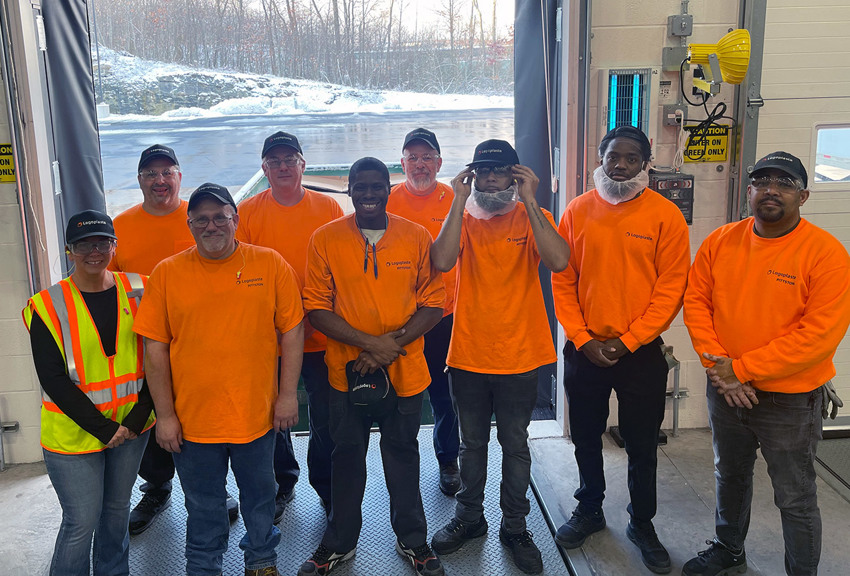In 2024, Logoplaste generated 6 274 tons of operational waste, and 97% was recycled or reused.
Only 3.5% was hazardous, mainly from used oils, lubricants & absorbents. Every step counts toward a cleaner future.
Breakdown of type of waste by disposal method
*waste stored on site
Cardboard recycling initiative
Logoplaste Pittston, USA

In alignment with our company’s sustainability goals and purpose-driven operations, Pittston launched a dedicated cardboard recycling program.
Actions taken:
- Introduced a dedicated dumpster for cardboard collection
- Partnered with a local waste management company to ensure proper handling and recycling of cardboard material
- Educated staff and engaged the plant in adopting the new process
Initial impact:
- In just one week, a 30-yard dumpster was filled with recyclable cardboard, highlighting the substantial volume of recoverable material
- This initiative sets a precedent for diversion of non-hazardous industrial waste and demonstrates actionable steps toward more sustainable waste management
Paula Alexandra, Production Manager from Logoplaste Pittston, shared:
“Until now we were putting all our cardboard in a dumpster to be sent to landfill. Pittston has a large amount of cardboard that can be recycled and in one week we were able to collect a 30-yard dumpster. We are very pleased to contribute to a more sustainable environment.”
